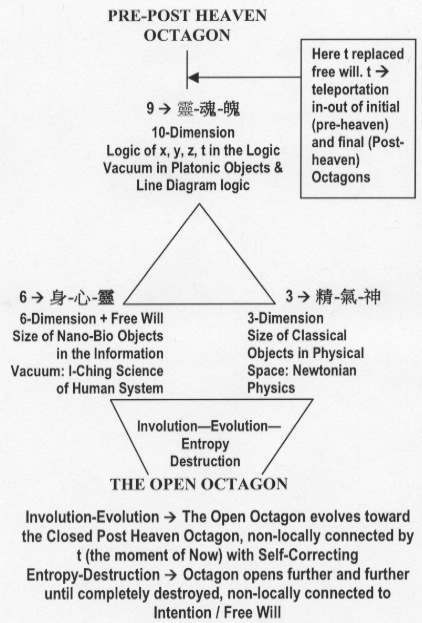On Sizes and Dimensions
THE PROTON SHRINKS IN SIZE: a Tiny change in radius has huge implications. By Geoff Brumfiel, Published online 7 July 2010 | Nature | doi:10.1038/news.2010.337
Measurements with lasers have revealed that the proton may be a touch smaller than predicted by current theories.PSI / F. Reiser
The proton seems to be 0.00000000000003 millimetres smaller than researchers previously thought, according to work published in today’s issue of Nature.
The difference is so infinitesimal that it might defy belief that anyone, even physicists, would care. But the new measurements could mean that there is a gap in existing theories of quantum mechanics. “It’s a very serious discrepancy,” says Ingo Sick, a physicist at the University of Basel in Switzerland, who has tried to reconcile the finding with four decades of previous measurements. “There is really something seriously wrong someplace.”
Let us give a Holon interpretation of this unbelievable change in the size of the proton. The Holon for size and dimensions is shown in the following mandalar.
Notice the similarities between this mandala and the one in previous the posting on the Holon formula for Force and Motion. Before entering a discussion on the above mandala contents, let us resolve the discrepancy on the proton size measurement.
Continuing with the quote from Geoff Brumfiel’s article, we have the following description:
Physicists can measure the size of the proton by watching as an electron interacts with a proton. A single electron orbiting a proton can occupy only certain, discrete energy levels, which are described by the laws of quantum mechanics. Some of these energy levels depend in part on the size of the proton, and since the 1960s physicists have made hundreds of measurements of the proton’s size with staggering accuracy.
For thess measurements, the frame of reference was different: the electron is replaced by the muon:
Pohl and his team have come up with a smaller number by using a cousin of the electron, known as the muon. Muons are about 200 times heavier than electrons, making them more sensitive to the proton’s size. To measure the proton radius using the muon, Pohl and his colleagues fired muons from a particle accelerator at a cloud of hydrogen.
From the Holon Theory, just this difference in the frame of reference, between this measurement and all previous measurements, can explain the differences between the sizes of the proton. The differences are listed below:
- The Observer: The Proton
- The Observed: The Information-Energy Path
- The Reference Frame: Changes from the electron to muon
ON THE HOLON CONCEPT OF SIZE AND DIMENSIONS
The most important paradigm change in the concept of size is that size can only be defined for Classical Objects. For quanta, the concept of size is replaced by the non-local concept of Information-Energy Path and by the logic of size as defined in the sense of Platonic objects.
For example, the particle collision diagrams shown below illustrate these Information-Energy Paths generated by specific Logic-Information Potentials.
This photograph shows eight-pion Information-Energy Paths created by the collision of a pair of proton/anti-proton Logic-Information Potentials, where the proton is sitting in the bubble chamber, as show below.
On Platonic Forms
In his conceptual mappings of geometrical forms and the structure of matter, Plato reduces all solid object into five basic forms: cube, octahedron, pyramid, icosahedron, and dodecahedron. Logic Objects are created by these basic forms. Thus, we have the mappings between the Logic of the physical objects and the structures of these objects.
On Dimensions
The definition of Dimensions correspond to the number of state variables that define the input-output of a system, i.e., in the 10-22-27 formula
- Defining the Logic Input-Output of Spirit (or the Logic component of Matter): 10 state variables (3 logic space variables plus one time variable, together with 6 variables of line-diagrams) for defining the logic of spirit, including Free Will / Intention, we could have up to 11 state variables.
- Defining the Energy Input-Output of Soul (or the Wave component of Matter): 22 to 27 state variables are needed.
- Physical Objects (or the Particle component of Matter): 3 space variables
Remember, space is defined for classical objects only, beginning with atoms. The nuclei are Logic-Information objects inside the logic and information vacuums.


